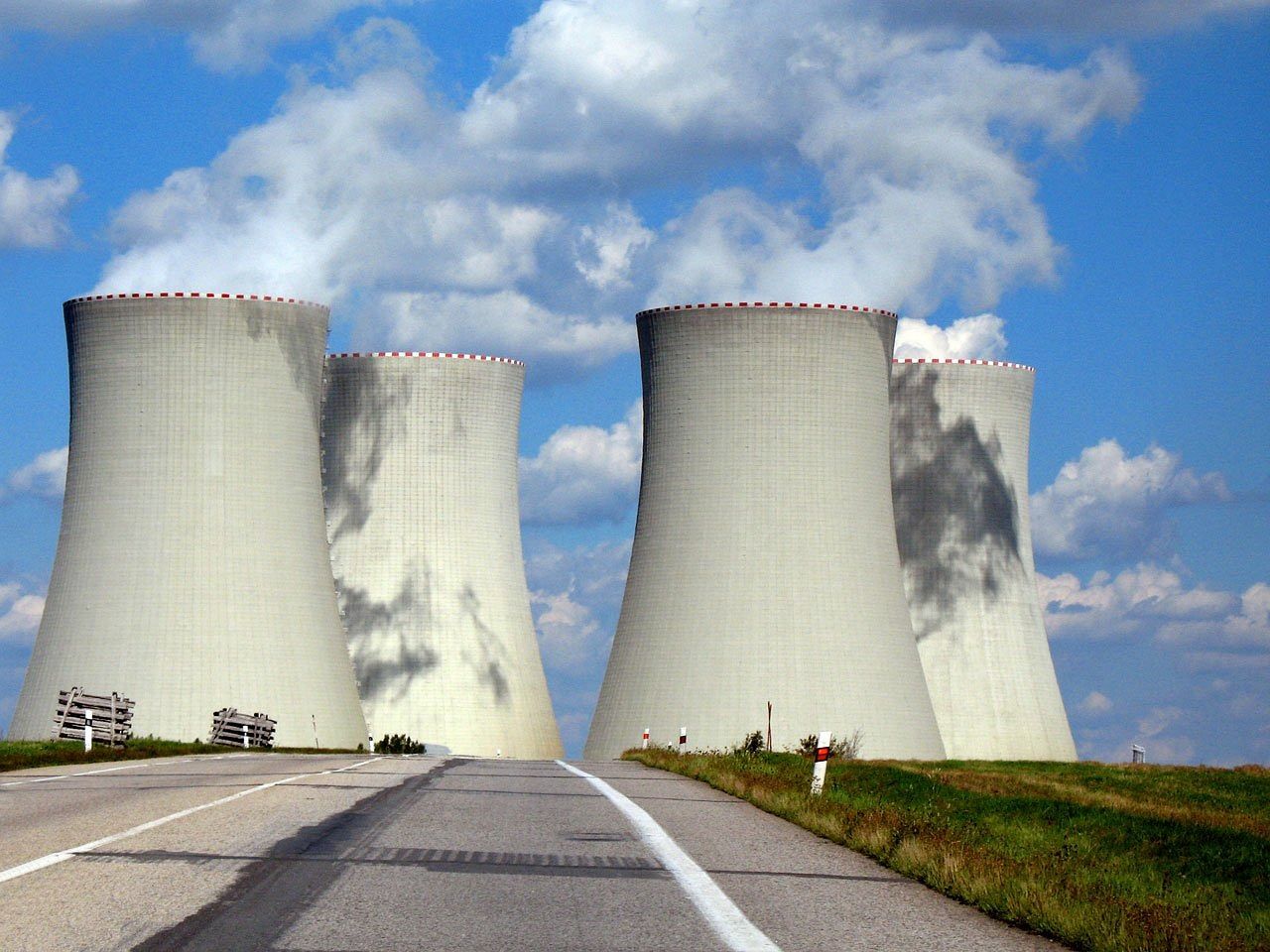Nuclear Energy

The conception of nuclear energy can be traced back to the early 20th century. The groundwork for this revolutionary energy source was primarily laid by luminaries in the field of physics. Albert Einstein's special theory of relativity, epitomized by the equation E=mc², hinted at the immense energy potentially held within the confines of matter. This indicated that even a small amount of matter could hold a disproportionately large amount of energy.
In the 1930s, nuclear fission, a process involving the splitting of an atom's nucleus, was discovered by scientists Otto Hahn and Fritz Strassmann. This process was theoretically explained by Lise Meitner and Otto Frisch. Nuclear fission revealed the capacity to release a large amount of energy, an attribute that was immediately recognized as having potentially monumental implications.
The initial application of nuclear power was not for peaceful purposes but for the creation of weapons of mass destruction during World War II. The Manhattan Project led to the development of the first atomic bombs. However, the power of nuclear energy was soon repurposed for peaceful uses. The first nuclear power plant for civil purposes began operation in Obninsk, Soviet Union in 1954. This marked the dawn of an era of nuclear energy harnessed for electricity production, with the first commercial-scale nuclear power plant being commissioned at Calder Hall, England in 1956.
Nuclear energy primarily serves the purpose of electricity generation. The nucleus of this operation is the nuclear reactor, where nuclear fission occurs. The reactor houses fuel rods, comprised of pellets of fissile materials like uranium or plutonium. When a neutron strikes one of these atoms, the nucleus splits, unleashing a substantial amount of energy and more neutrons. These additional neutrons instigate further fission reactions, creating a self-sustaining chain reaction.
The energy is released in the form of heat which is used to convert water into steam. The high-pressure steam then drives a turbine connected to an electrical generator. However, the spent fuel rods become highly radioactive waste that necessitates careful management to prevent harm to human health and the environment.
There are over 30 countries worldwide leveraging nuclear power, with the United States, France, and China leading the pack. The United States houses the largest number of reactors, while France heavily depends on nuclear power for its electricity, generating around 70% of its total power output from nuclear energy.
The structures harnessed to extract nuclear energy typically fall into one of two categories: Pressurized Water Reactors (PWRs) or Boiling Water Reactors (BWRs), although there are other types in operation as well. The PWR is the most prevalent type globally and is widely used in the United States, while BWRs are commonly seen in Japan.
Nuclear power brings numerous advantages to the table. Its ability for large-scale, base-load power generation is one of its most significant strengths. Unlike other renewable energy sources such as wind and solar, nuclear power generation is not subject to fluctuations due to changing weather conditions. This consistency makes nuclear power a reliable source of electricity. Moreover, when viewed from a lifecycle perspective, nuclear energy boasts a relatively low carbon footprint, comparable to renewables like wind and solar, marking it as a critical player in the fight for sustainable energy.
However, nuclear energy is not without its disadvantages. Firstly, the handling and disposal of radioactive waste pose considerable challenges. This waste can remain radioactive for thousands of years and needs careful, long-term management. The high initial costs of building and decommissioning nuclear plants are also significant. Furthermore, there are undeniable concerns over catastrophic accidents, as witnessed in the Chernobyl disaster of 1986 and the Fukushima Daiichi nuclear disaster in 2011. These events have highlighted the risks and underscored the necessity for advanced safety measures.
Lastly, nuclear energy brings with it potential security risks. The materials and technology used in peaceful nuclear energy can potentially be exploited for destructive purposes, such as the creation of nuclear weapons, leading to issues of nuclear proliferation. Balancing the benefits of nuclear energy with these potential drawbacks is a major focus of policy discussions. While nuclear energy and nuclear weapons both revolve around nuclear reactions, the purpose and control of these reactions are starkly different.
In a nuclear power plant, nuclear fission reactions are meticulously controlled to gradually release energy for conversion into electricity. These reactors are purposefully designed to maintain a stable rate of fission, preventing an uncontrolled chain reaction. Moreover, the uranium used in most reactors is of low enrichment, typically below 5% of U-235, making it unsuitable for weaponization.
Conversely, nuclear bombs use highly enriched uranium or plutonium to set off a rapid, uncontrolled chain reaction, resulting in a violent explosion. The significant overlap between the technologies and materials used for peaceful nuclear energy and those used for nuclear weapons brings with it potential risks of proliferation. Safeguards are necessary to ensure that nuclear energy technology does not fall into the wrong hands, resulting in catastrophic consequences.
Looking forward, newer designs for nuclear reactors aim to address many of the safety and waste disposal concerns. These include the development of Small Modular Reactors (SMRs) and Generation IV reactors, which promise greater safety, efficiency, and sustainability. These advanced reactors could even utilize nuclear waste as fuel, reducing the long-term waste storage problem.
Furthermore, the pursuit of nuclear fusion, a process considered to be safer and cleaner than nuclear fission, continues. While technically challenging and still in experimental stages, nuclear fusion could revolutionize the energy industry if successfully commercialized, offering a virtually unlimited, clean energy source.
Nuclear energy has long been a critical component of the global energy mix, providing reliable, large-scale electricity generation with a comparably low carbon footprint. Despite the significant benefits, challenges such as waste disposal, safety, and non-proliferation issues are obstacles that must be addressed.
The future of nuclear energy is tied to advancements in technology and changes in societal and political attitudes towards nuclear power. With climate change thrusting the need for low-carbon energy sources into the limelight, nuclear energy's potential role in future energy systems has become a topic of interest and rigorous debate.
In the pursuit of a sustainable and decarbonized energy future, nuclear energy cannot be ignored. However, it is imperative that the journey forward is navigated with a careful balance of tapping into nuclear energy's potential and mitigating its inherent risks. As we look towards the future, the dialogue surrounding nuclear energy will undoubtedly continue to evolve, illuminating the path towards our sustainable energy goals.
Article Links:




Thanks for reading!
TIME IS MONEY: Your Free Daily Scoop of Markets📈, Business💼, Tech📲🚀, and Global 🌎 News.
The news you need, the time you want.
Site link ⬇:

Advertisement Inquiries: timeismoney@timeismon.com
Any article suggestions? Email us.
Support/Suggestions Email: timeismoney@timeismon.com


